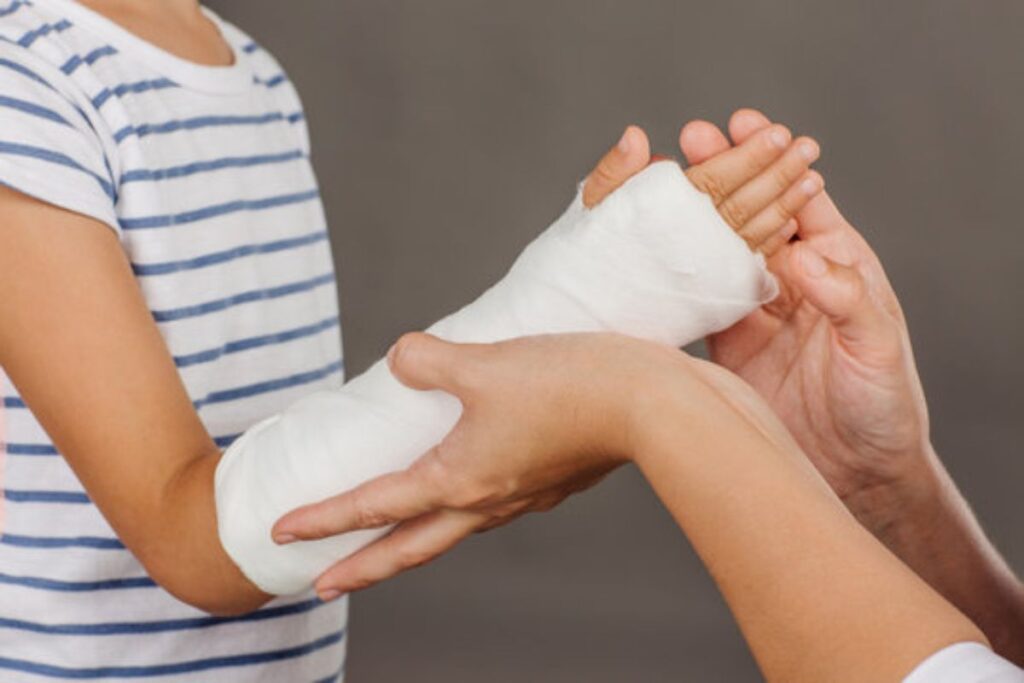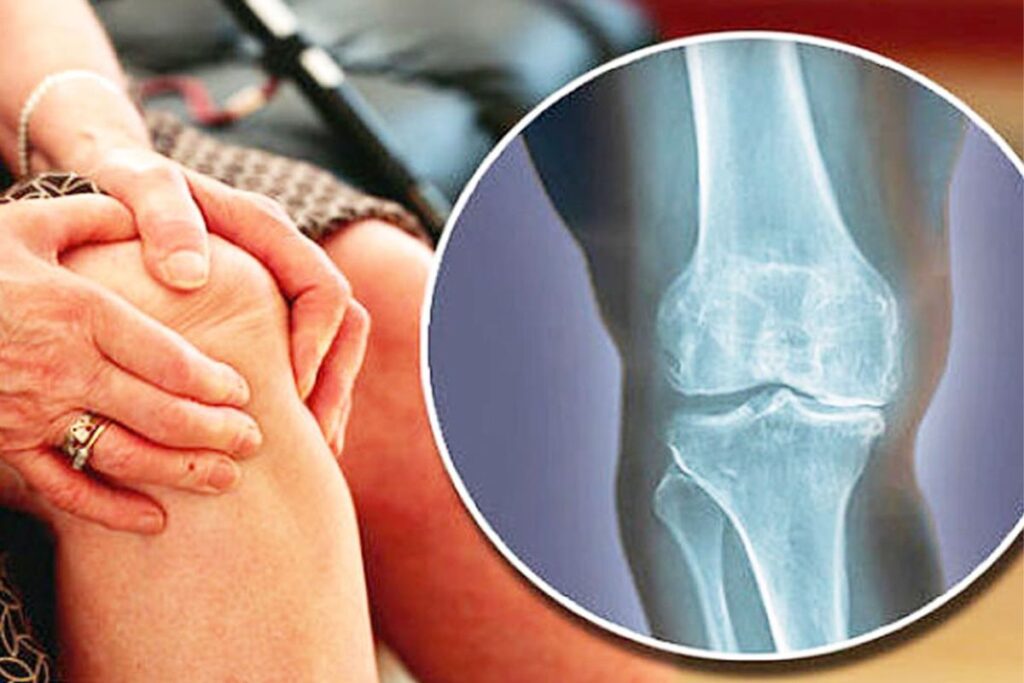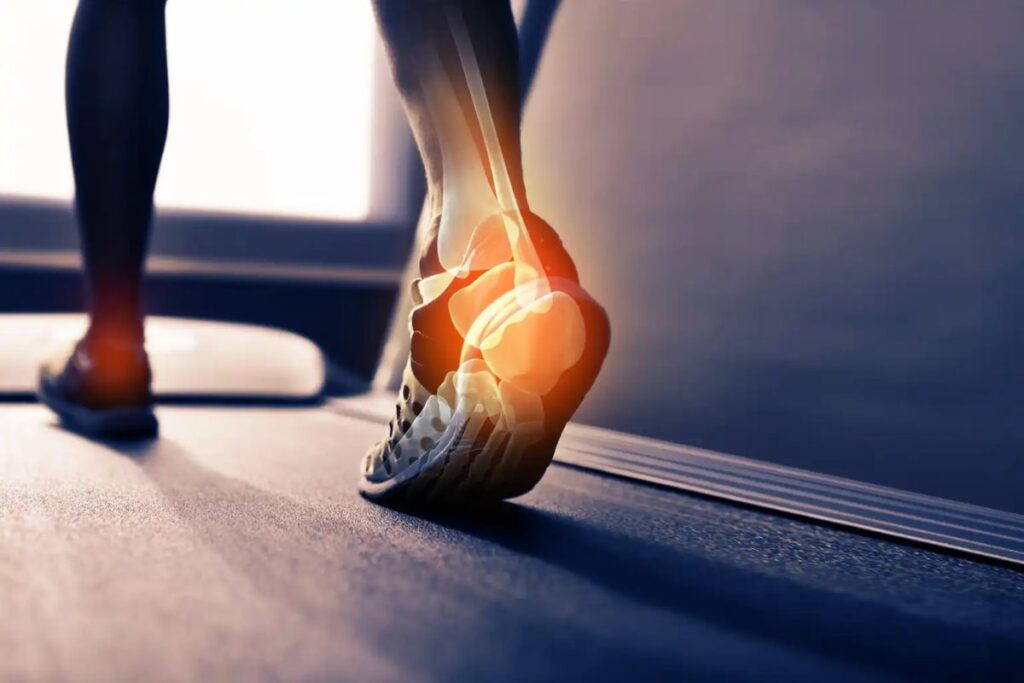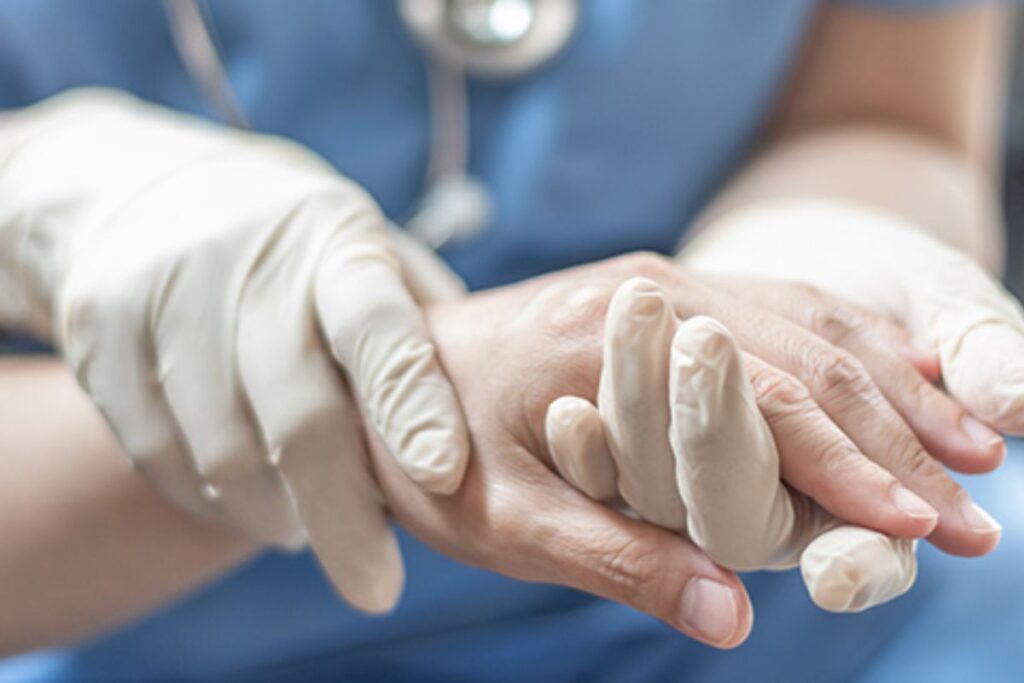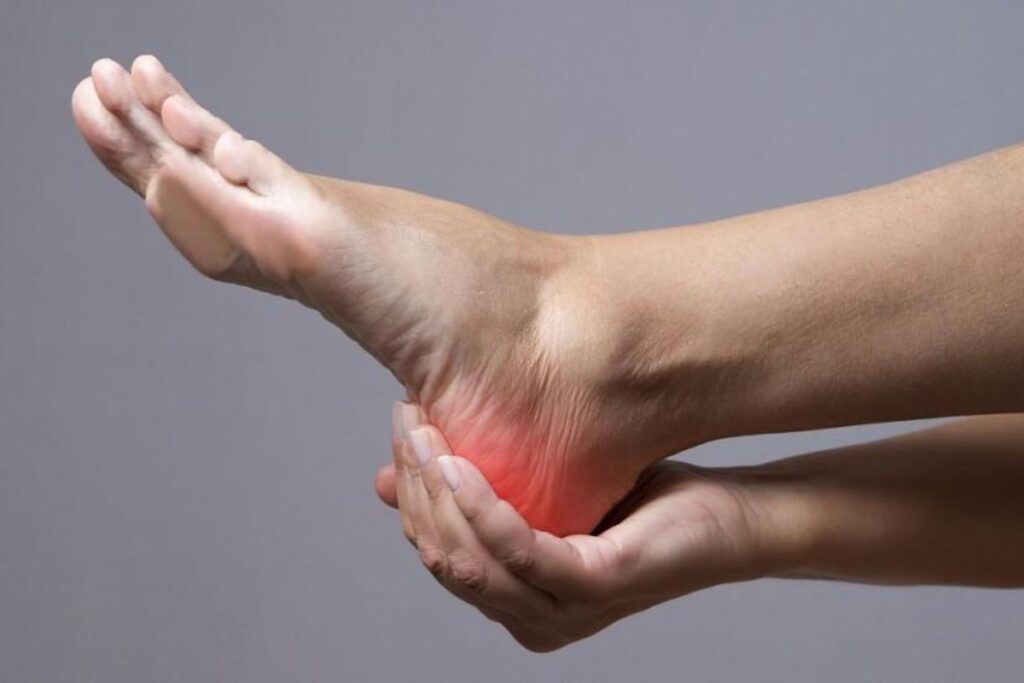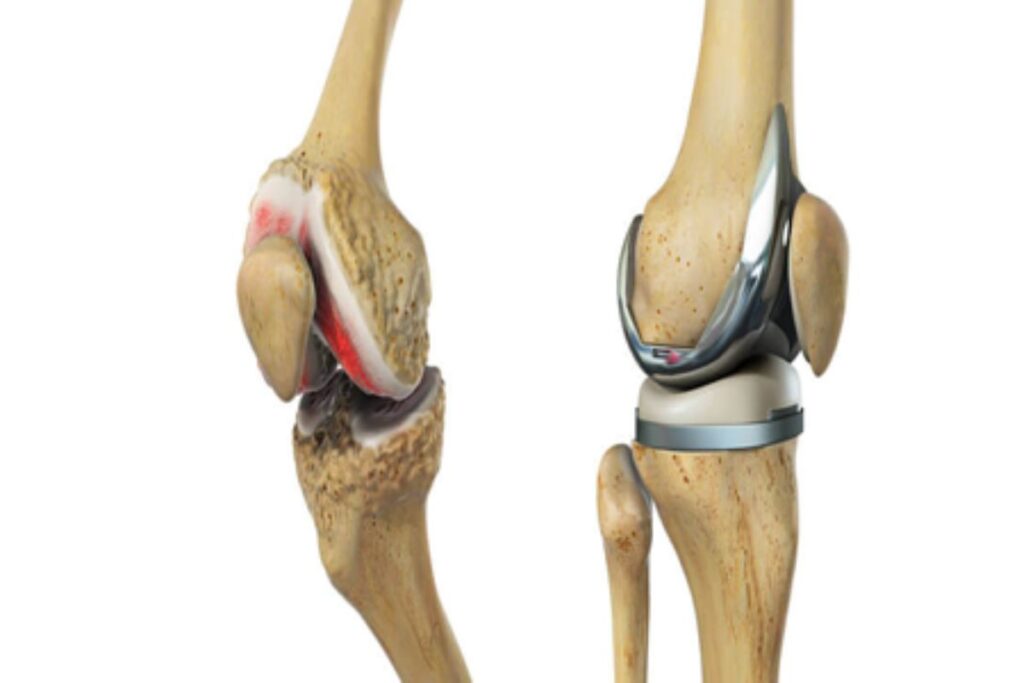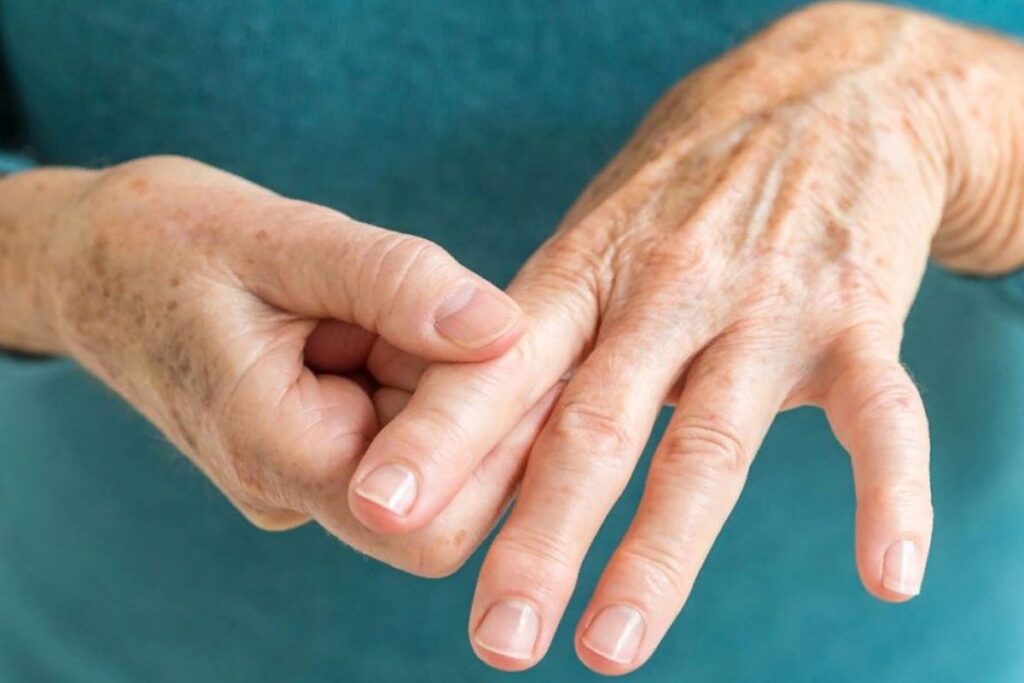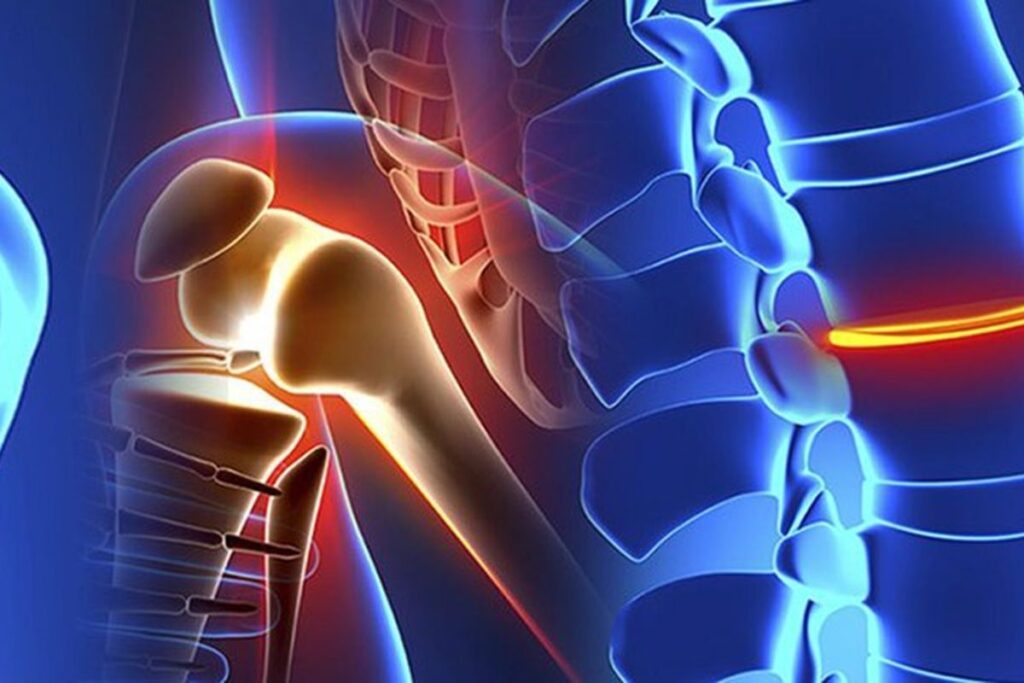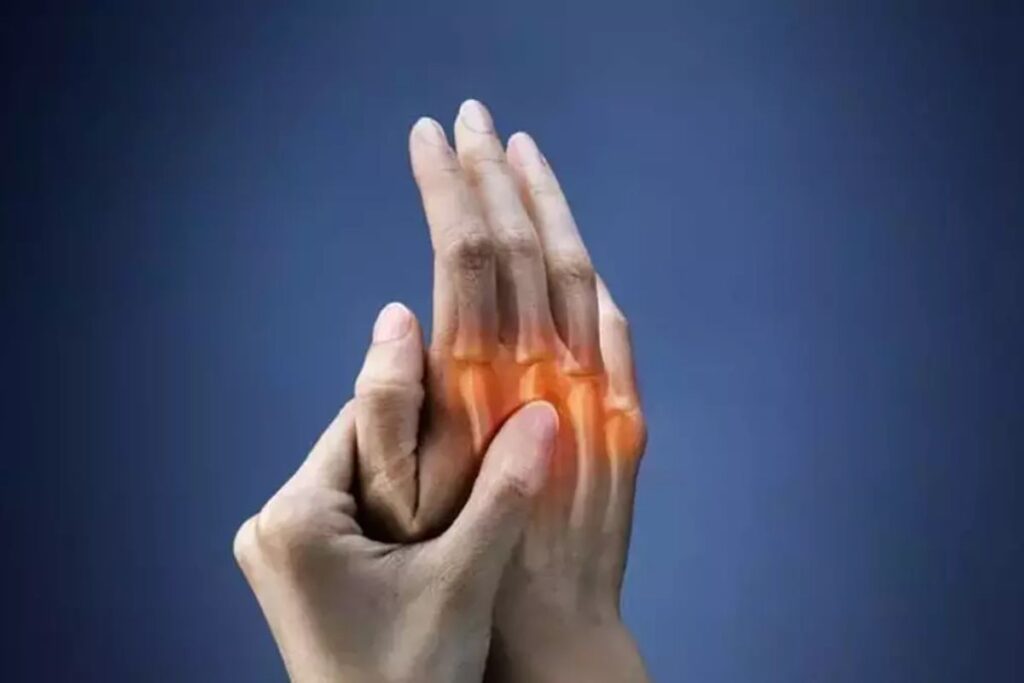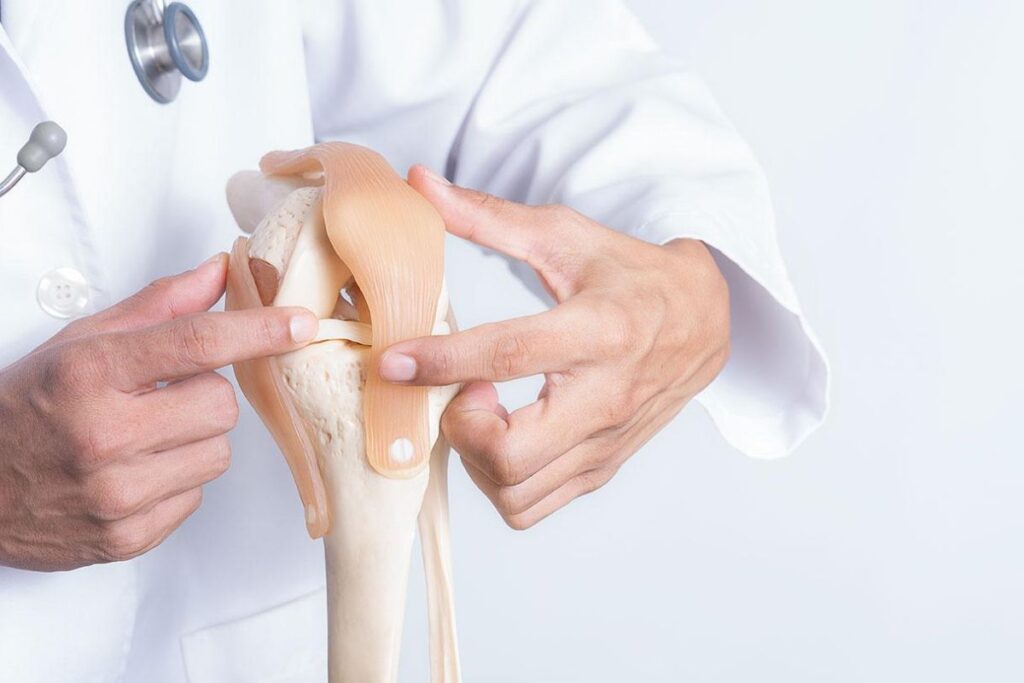Osteoporosis & Fall Prevention Awarness
Because osteoporosis weakens bones, making them less robust and more prone to breaking, falls are a primary cause of fracture in adults with the disease. As a result, even a small fall can have negative effects; the most common injuries are to the hip, wrist, or spine, however any bone might break. Fall risks are also present in the elderly.
Numerous variables can raise the risk of falling, which, in the case of people with osteoporosis, could result in catastrophic injury. Falls may be caused by ailments and medications that impair your movement, feeling, balance, or circulation. Ask your doctor whether there is a connection between your symptoms and the medications you take if you have any of these symptoms. Never substitute or skip a medication without first seeing your doctor.
Fall Prevention
Indoors
- Ensure adequate lighting in every space, especially those near stairs. At doors, light switches should be placed.
- Keep clutter off the floors.
- Maintain slippery-free but smooth floor surfaces. Keep an eye out for slippery, risky surfaces like wet or highly polished floors when you’re outside the house.
- Be cautious of stairs when entering rooms. Even at home, put on supportive, low-heeled footwear. You should avoid wearing slippers, socks, or stockings because they can be slippery.
- Especially on stairs, make sure all carpets and area rugs have skid-resistant backing or are nailed to the surface.
- Make sure that there are handrails in every stairs, ideally on both sides.
- Use a rubber bathmat in the shower or tub.
- Keep a flashlight by your bed that has new batteries.
Outdoors
- Use a walker or cane for extra stability in inclement weather.
- For greater traction, put on boots or shoes with rubber soles.
- Carry a small bag of coarse salt in your pocket or vehicle during the winter. The slippery sidewalks or streets can then be covered with salt.
Blogs
FAQs
How do I keep up my Orthopedic Health?
Simple dietary and lifestyle adjustments can help you prevent significant orthopedic issues. Avoid engaging in repetitive motions that strain your joints, such as deep knee bends. Regularly visit the doctor. A wonderful strategy to monitor your orthopedic health is to see your primary care physician annually. This is crucial for older adults since they are more prone to get injured and develop arthritis
What is Arthritis?
The definition of arthritis is “joint inflammation.” More than 100 rheumatic diseases and other ailments that cause joint pain, stiffness, and swelling are together referred to as arthritis.
In addition to gradually deteriorating our bones, tissues, and joints, rheumatoid arthritis also harms the lining around our joints.
Osteoarthritis, a disorder that worsens with time and is frequently found in the hip, knee, and spine, slowly destroys the cartilage that surrounds the ends of bones.
What causes Arthritis?
Arthritis is a degenerative condition where the articular cartilage that protects the ends of bones begins to break down over time, much as how the treads of your tires wear down over time. Arthritis can have a variety of reasons. An estimated 30–40 million Americans suffer from arthritis, and the majority of these tears are brought on by degenerative arthritis (osteoarthritis). Rheumatoid arthritis with inflammation affects 2–3 million Americans. One of the main causes of arthritis in younger people is trauma to the knee. Most frequently, arthritis worsens with age.
After having a minimally invasive partial knee replacement, may I resume my typical activities?
Once they have recovered sufficient strength and flexibility and their orthopaedic surgeon has given them the all-clear to start routine activities, the majority of patients can resume normal activities after partial knee replacement. Running, jumping, and twisting are all repetitive joint jarring activities that should be avoided. Many patients have resumed their previous hobbies after partial knee replacement surgery, including gardening, swimming, golf, and doubles tennis.
